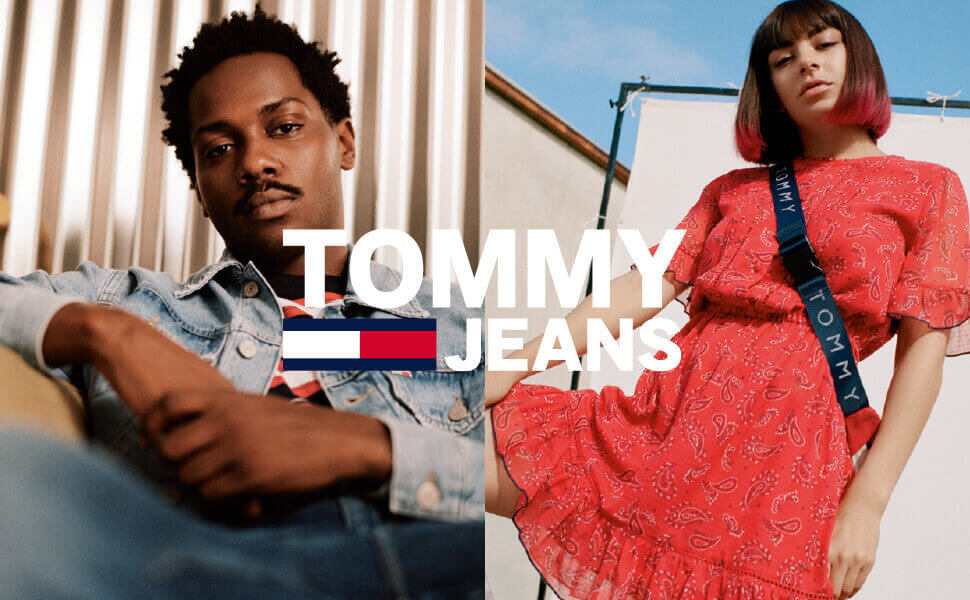In 2025, beauty is not simply about products, but personalized experiences and meaningful connections. Driven by rapid advancements in AI, augmented reality (AR), ESG initiatives, and omnichannel marketing for cosmetics, the cosmetics industry trends in 2025 reflect a...




